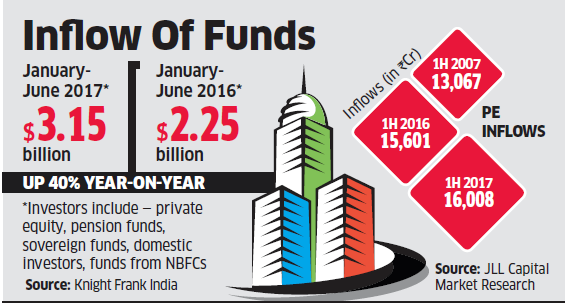Although a majority of the salaried individuals have a provident fund account, only a few are aware that they can withdraw from this fund, for various purposes connected with a house
For purchase of a house or plot or for construction of a house
Under the Provident Fund scheme, an
employee can withdraw money from his provident fund, after completion of
contribution of five years, for the purchase of plot and/or
construction or purchase of a house. The loan can also be taken, for the construction of a house
on the plot of land owned by you or your wife, or jointly by both. The
loan amount would depend on the purpose for which you are taking the
loan. For purchasing a plot, the loan available shall be restricted to
24 months’ basic salary and dearness allowance (DA), subject to a
maximum of the lower of either the balance in your provident fund
account or the cost of the plot.
In case you want to avail of the
loan, to purchase or construct a house, availability shall be enhanced
to 36 months of basic salary and DA, with the maximum again subject to
lower of balance in the provident fund account or cost of the house. It
is pertinent to note that the property cannot be purchased jointly with
anybody else, except your spouse, for withdrawing from the provident
fund.
In case you withdraw from your
provident fund account, the construction should begin within six months
and be completed within 12 months of the withdrawal. In case you intend
to buy a ready house, the purchase also needs to be completed within six
months. The withdrawals for purchase/construction can be made in one or
more instalments, depending on the circumstances.
For addition/improvement of the house owned by self and/or the spouse
You are also entitled to withdraw
money from your provident fund account, for making additions or
improvements to a residential house that is owned by you or your wife or
jointly. This withdrawal can only be availed, after five years from
completion of the house. It is not necessary that the house for which
you want to carry out the improvements should be the same, on which you
had availed the withdrawal facility. This withdrawal for improvement can
be availed, even if you have not availed of the withdrawal facility for
purchase or construction of the house. The amount that you are eligible
to withdraw, for improvement or addition, is restricted to 12 months’
basic salary and DA, subject to lower of the balance relatable to the
employee’s share with interest in your account or the cost of such
improvement.
You can also avail of the withdrawal
facility again, only after 10 years from the first withdrawal, subject
to the same eligibility criteria, vis-à-vis the amount.
Advances for repayment of housing loan
The provident fund scheme allows you to avail of the withdrawal facility, for repayment of the outstanding balance in a home loan taken by you
or your spouse for the above purposes. The advance amount cannot exceed
36 months of basic salary and DA. This withdrawal can only be made for
loans, availed either by the members or by the spouse, from specified
entities like governments and state government, registered co-operative
society, state housing board, nationalised banks, public financial
institutions, municipal corporation, or any development authority, for
purchase of a house.




